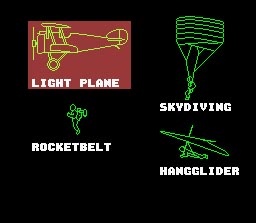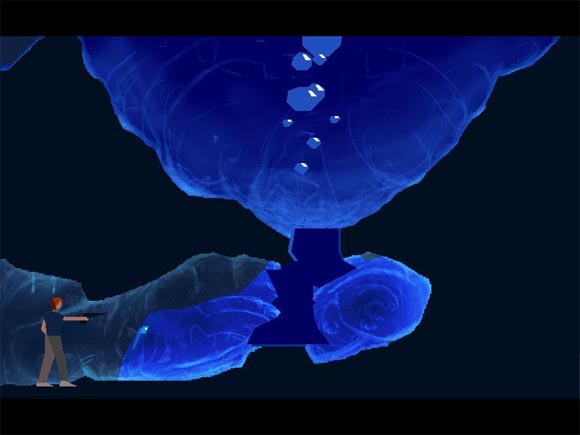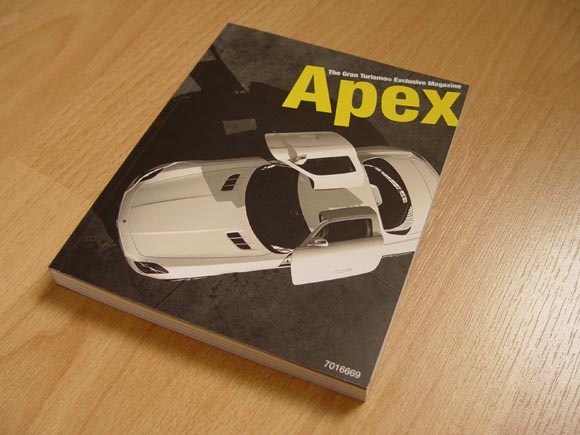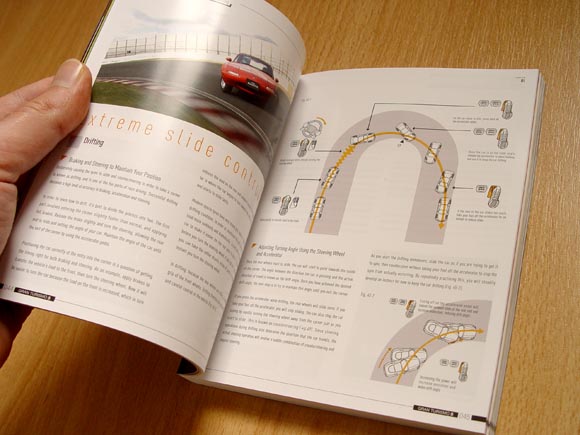Sometimes I get up in the morning and I turn on our coffee machine, still half-asleep. I sometimes find out that the machine starts flashing all sorts of red lamps indicating that I need to clean it and put it some water etc. And sometimes even that’s not enough. I push the button and the machine starts grinding the beans, the beans sometimes run out and the machine continues to grind air. All of a sudden, I need to drop everything and rush to the fridge, grab new beans and put them in the machine before the machines gives up on grinding. That’s how a simple cup of coffee sometimes turns into a hectic chore at the worst possible time of the day.
That’s how game development also sometimes is. You think you just implement a very simple function but while doing so you encounter one problem after another. And you spend the entire weekend just trying to catch up with all the problems that keep on appearing.
See, the subtitles were actually already implemented but sometimes they didn’t quite appear in-sync with the voice because the voice doesn’t always start at the beginning of a sound sample. So I decided to implement a function that would delay a subtitle so it appears in-sync with the voice.
But then I noticed that one of the bugs I thought I fixed the other day was still there. So I went bug hunting for a while.
Then I returned to implementing the subtitle delay. While doing so I noticed that some voice samples are really long and had some dramatic pauses in-between. So the subtitles still didn’t quite match the voice even with a delay. I started working on a system to split a subtitle into multiple parts and show each part at a different time.
While working on that I noticed that I was still using a very inefficient workaround to do subtitles for videos. You see, videos have their own sound built into them. So in oder to show subtitles during videos I play a “silent” mp3 when the video starts. I attach subtitles to that mp3. This was messing up my timing for multiple subtitles because the silent mp3’s had a length after all. I thought I remove this workaround while I’m at it. This caused all sorts of problems, one of them being that the subtitle splitting stopped working.
After fixing that, I continued implementing the subtitles. I noticed that some subtitles still didn’t show up in-sync with the voice. I realized it was because of a system I had in place that would ensure each subtitle was visible on the screen for a minimum amount of time. I had to create an exception there.
The subtitles started showing up properly so I finally finished the first two levels and my mood started to improve.
But then I realized that one video in the third level didn’t have any voice in it. I must have forgotten it. So I had to go back to After Effects and render it out with the voice.
In the After Effects project I realized that the timing of the video actually didn’t work at all with the voice so I had to re-edit that video.
Then I realized that after my Windows re-install all my After Effects rendering presets were gone. So I had to boot up my other system to re-create my old rendering presets.
With the video working again, I returned to the work on the subtitles. Already the next video didn’t show any subtitles at all.
Sadly, this bug showed up only intermittently so it was very difficult to replicate. After a very long investigation I concluded that this had something to do with the way this specific video was implemented. So I wrote an exception for this, which in turn caused all sorts of problems that needed to be taken care of.
Finally I could move on to the last level. Here again, the first video didn’t show any subtitles. This also had to do with the fact that it was triggered in a very different way than all the others. I used a combination of a hard-coded exception and a tricky workaround to make it work anyway.
At this point it was starting to get late and I realized that I was still missing an important feature – subtitles for the cut-scenes at the end of each level. They are rendered in a different way and you should be able to watch them also from the main menu. So this means I can’t use the same system I have been using so far. I decided to put this on my to-do list and call it a day.
It’s the first weekend of the final push, I started with the easiest task and I’m already behind my schedule. Naturally, I’m not happy about it. But that’s just how Game Development sometimes turns out. On the other hand, I managed to get a German translation done and I made at least some progress. I will attempt to get some work done during the week so I’m back on schedule next weekend.

![]()












